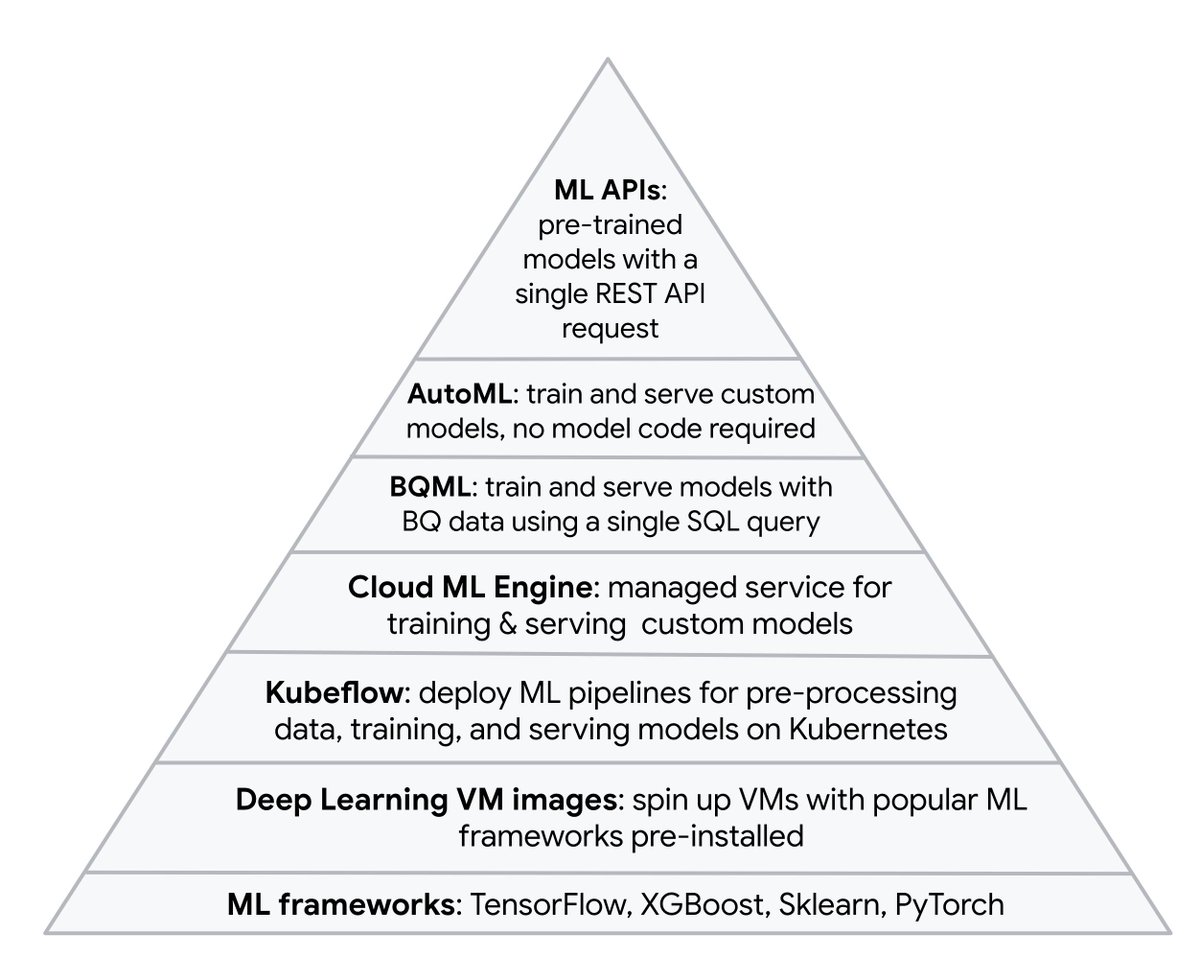Difference between revisions of "Google"
| Line 24: | Line 24: | ||
** [[Google Natural Language]] | ** [[Google Natural Language]] | ||
** [[Google Semantic Reactor]] | ** [[Google Semantic Reactor]] | ||
| − | |||
** [[Bidirectional Encoder Representations from Transformers (BERT)]] | ** [[Bidirectional Encoder Representations from Transformers (BERT)]] | ||
** [http://venturebeat.com/2019/03/12/gboard-on-pixel-phones-now-uses-an-on-device-neural-network-for-speech-input/ Gboard] on Pixel phones now uses an on-device neural network for speech recognition | Kyle Wiggers - VentureBeat | ** [http://venturebeat.com/2019/03/12/gboard-on-pixel-phones-now-uses-an-on-device-neural-network-for-speech-input/ Gboard] on Pixel phones now uses an on-device neural network for speech recognition | Kyle Wiggers - VentureBeat | ||
Revision as of 21:37, 28 March 2020
YouTube search... ...Google search
- Platforms: Machine Learning as a Service (MLaaS)
- Colaboratory (Colab) - Jupyter notebooks
- Google Developers Codelabs
- TensorFlow
- TensorFlow Hub is a library for reusable machine learning modules that you can use to speed up the process of training your model. A TensorFlow module is a reusable piece of a TensorFlow graph. With transfer learning, you can use TensorFlow modules to preprocess input feature vectors, or you can incorporate a TensorFlow module into your model as a trainable layer. This can help you train your model faster, using a smaller dataset, while improving generalization.
- AI Hub - explore and use a variety of AI asset categories. AI Hub offers a collection of components for developers and data scientists building artificial intelligence (AI) systems. Use AI Hub to: [1] Find, deploy, and use Kubeflow Pipelines and components, [2] explore code and learn in interactive Jupyter notebooks, [3] explore and reuse TensorFlow modules, Explore, deploy, and use trained models, [4] use prepackaged virtual machine (VM) images to quickly set up your AI environment, and [5] share AI components with your colleagues.
- DeepMind - Open Source
- AI Platform
- Natural Language:
- Google Natural Language
- Google Semantic Reactor
- Bidirectional Encoder Representations from Transformers (BERT)
- Gboard on Pixel phones now uses an on-device neural network for speech recognition | Kyle Wiggers - VentureBeat
- Universal Sentence Encoder lite a model that encodes text into 512-dimensional embeddings. These embeddings can then be used as inputs to natural language processing tasks such as sentiment classification and textual similarity analysis. This module is a TensorFlow.js
- Kubeflow Pipelines ML workflows on Kubernetes
- Google Cloud
- Google Cloud Code and Google Kubernetes Engine (GKE)
- Google AutoML
- Cloud Vision
- Cloud Vision API - drag & drop picture on webpage
- Automated Machine Learning (AML) - AutoML
- We’re making tools and resources available so that anyone can use technology to solve problems | Google AI
- Dopamine - reinforcement learning algorithms
- Google AI Experiments
- ML Engine
- Prediction API
- Grow with Google
- Learn from ML experts at Google
- Tools and Resources
- Google Internet of Things (IoT)
- Psychlab for testing virtual agents in 3D environments
- Deep Reinforcement Learning (DRL) - Importance Weighted Actor-Learner Architecture (IMPALA)
- Google AIY Projects Program
- Android Neural Networks API
- BiqQuery ML (BQML)
- Firebase | Google
- DialogFlow
- Google Analytics
The Path From Cloud AutoML to Custom Model (Cloud Next '19)
by Sara Robinson
